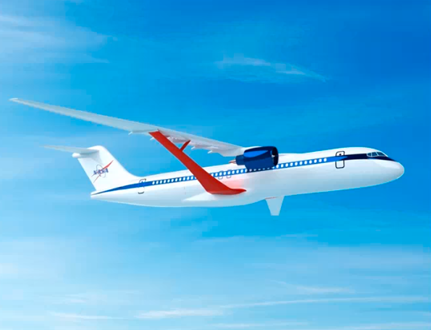
Credit: NASA
Within a budget request for aeronautics research in fiscal 2022 of $914.8 million, up from $828.7 million enacted for 2021, NASA plans to accelerate the launch of the Sustainable Flight Demonstrator program to produce a full-scale, ultra-efficient subsonic X-plane. The agency also plans to conduct...
Subscription Required
This content requires a subscription to one of the Aviation Week Intelligence Network (AWIN) bundles.
Schedule a demo today to find out how you can access this content and similar content related to your area of the global aviation industry.
Already an AWIN subscriber? Login
Did you know? Aviation Week has won top honors multiple times in the Jesse H. Neal National Business Journalism Awards, the business-to-business media equivalent of the Pulitzer Prizes.
